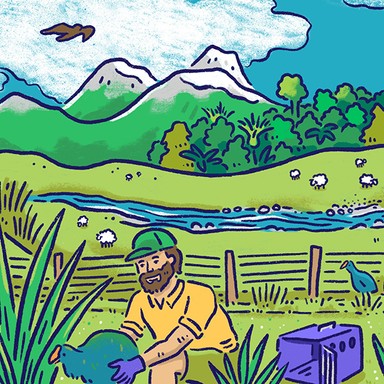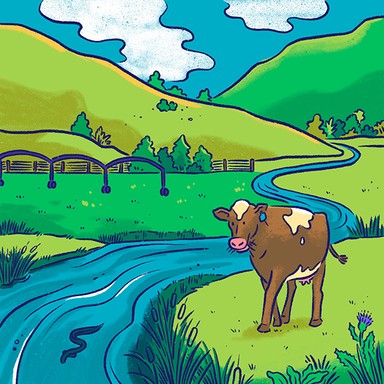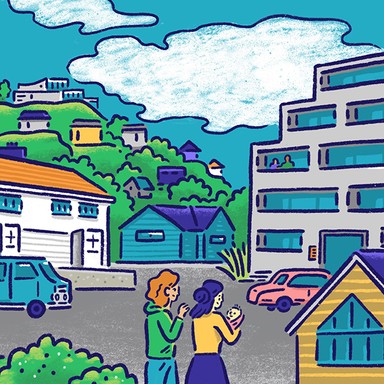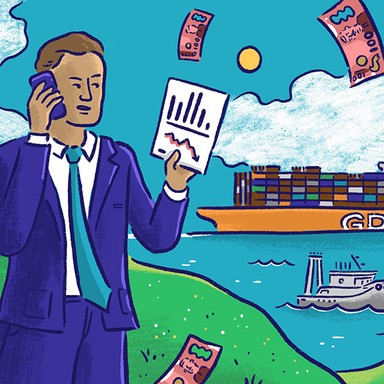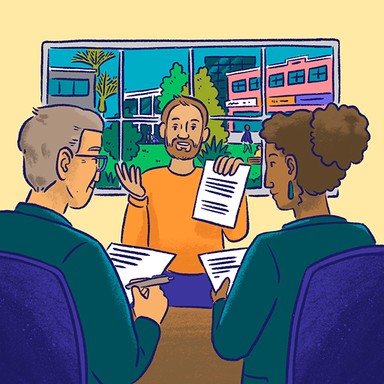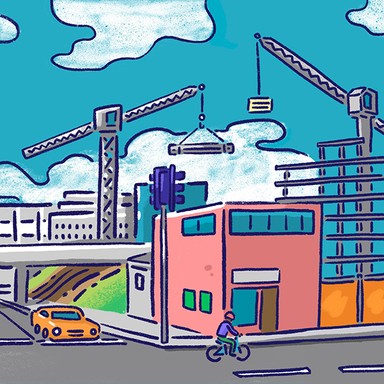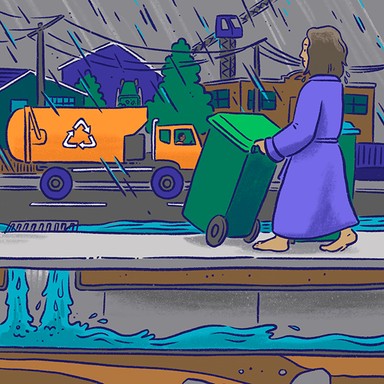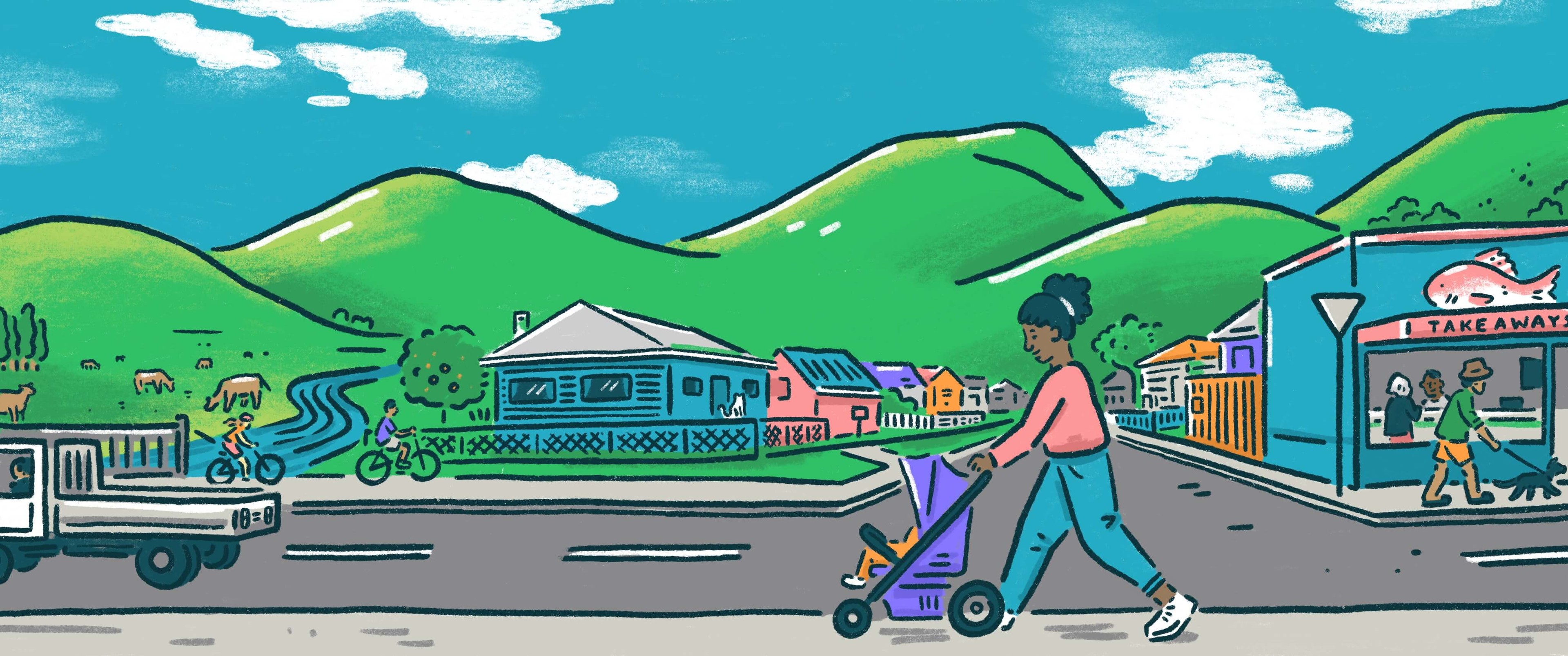
Marlborough District Council
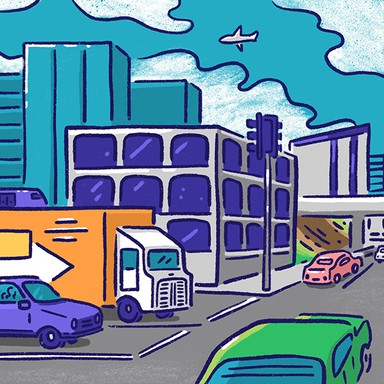
Transport
Helping communities get from A to B is a key responsibility of local government, from making sure the buses run on time to providing car parking and walking and cycling paths. Whether public transport is the responsibility of the regional or local council depends on where you are in the country. Local councils also own 87% of New Zealand’s roads.

Transport
Helping communities get from A to B is a key responsibility of local government, from making sure the buses run on time to providing car parking and walking and cycling paths. Whether public transport is the responsibility of the regional or local council depends on where you are in the country. Local councils also own 87% of New Zealand’s roads.
Encourage and facilitate the upgrade and construction of high-quality bike and cycle pathways as well as safe cycle lanes in our towns.
Retain as much public transport as is possible under current budgets and consider new and innovative options.
Advocate for safer roads and for more regular maintenance on our highways.
Prioritise roading infrastructure as it benefits all ratepayers. Access is everything.
Ensure regular inspection and maintenance of key transport infrastructure such as bridges, culvert pipes and fluming.
Share bikes and e-scooters will not be encouraged. They are a resource-heavy commodity.
Ensure the environmental effects of all transportation is very carefully assessed. Best transport has the least negative effect.
Ensure provision of infrastructure for more public transport, more walking and cycling. Phase out petrol-driven vehicles.
Ensure effective maintenance of existing infrastructure – roads, railways, ferries.
Aim to increase public transport options between regional towns, reducing carbon emissions and improving regional connectivity.
Improve harbour navigational channels promoting safety for all users, especially given possible future restricted road access to bays.
Lobby Waka Kotahi to improve regional road safety including passing areas for State Highway 6 and upgrades to State Highway 1 between Picton-Blenheim.
Encourage and facilitate the upgrade and construction of high-quality bike and cycle pathways as well as safe cycle lanes in our towns.
Retain as much public transport as is possible under current budgets and consider new and innovative options.
Advocate for safer roads and for more regular maintenance on our highways.
Prioritise roading infrastructure as it benefits all ratepayers. Access is everything.
Ensure regular inspection and maintenance of key transport infrastructure such as bridges, culvert pipes and fluming.
Share bikes and e-scooters will not be encouraged. They are a resource-heavy commodity.
Ensure the environmental effects of all transportation is very carefully assessed. Best transport has the least negative effect.
Ensure provision of infrastructure for more public transport, more walking and cycling. Phase out petrol-driven vehicles.
Ensure effective maintenance of existing infrastructure – roads, railways, ferries.
Aim to increase public transport options between regional towns, reducing carbon emissions and improving regional connectivity.
Improve harbour navigational channels promoting safety for all users, especially given possible future restricted road access to bays.
Lobby Waka Kotahi to improve regional road safety including passing areas for State Highway 6 and upgrades to State Highway 1 between Picton-Blenheim.
Mayor
Compare the mayoral candidates in your area
Local council
Compare the candidates for your city or district council
Regional council
Compare the candidates for your regional council
Local board
Compare the candidates for your local or community board

